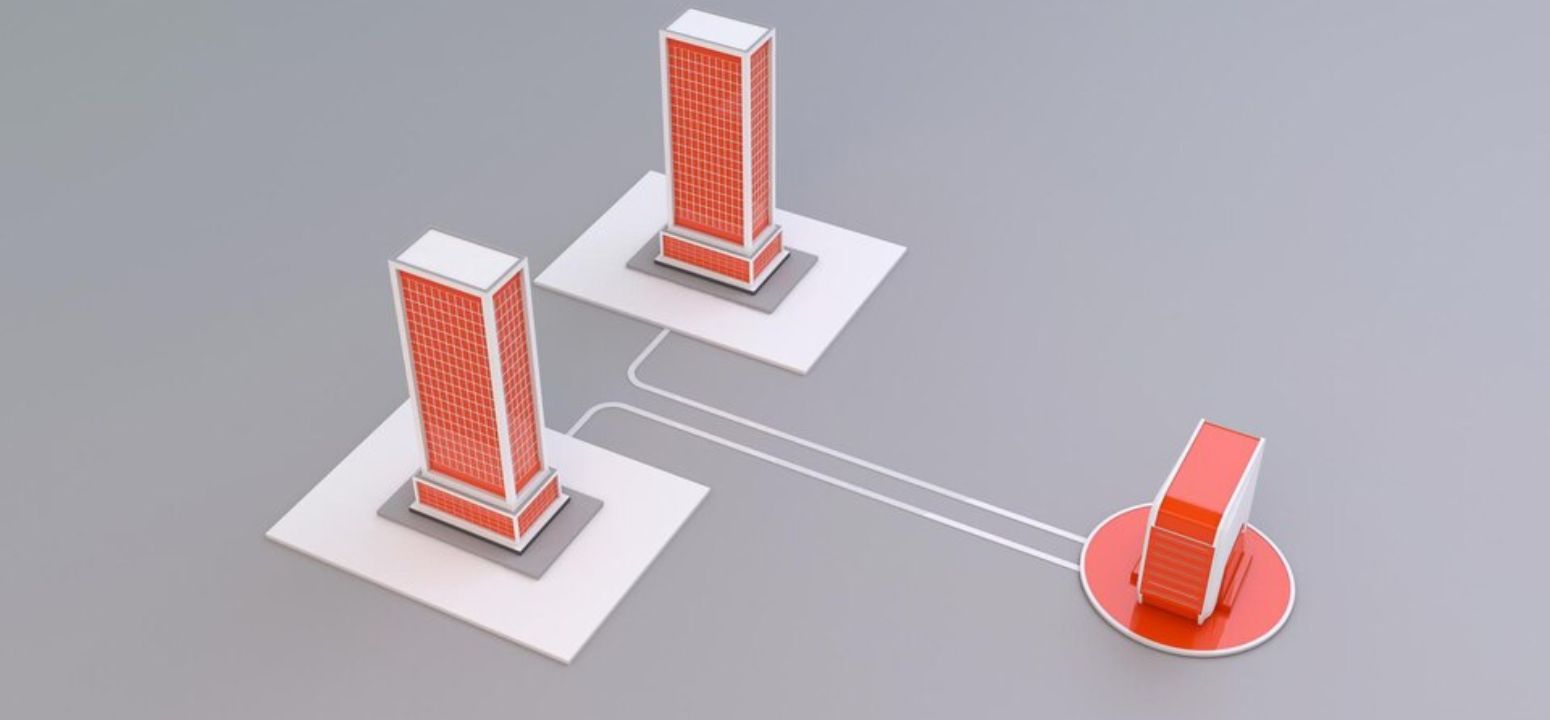
Boundary optimization is a critical aspect of VLSI (Very Large Scale Integration) synthesis. It plays a vital role in enhancing the performance, area, and power efficiency of a digital design by focusing on the interactions at the boundaries of different modules. In this blog post, we will delve into the various types of boundary optimization techniques used in VLSI synthesis, including boundary condition optimization, boundary merging, retiming, and boundary logic optimization. These techniques are essential for anyone involved in digital design, from beginners to seasoned professionals.
What is Boundary Optimization in VLSI Synthesis?
Boundary optimization refers to the set of techniques used to improve the efficiency and performance of digital circuits at the interfaces or boundaries between different logic modules. By optimizing these boundaries, designers can ensure smoother signal transitions, reduce power consumption, and minimize the overall area of the design.
Let’s explore the main types of boundary optimization techniques:
1. Boundary Condition Optimization
Boundary condition optimization is focused on refining the interface between different blocks in a design. The goal is to ensure that signals crossing from one module to another do so efficiently, without introducing timing errors or increasing power consumption.
Key Benefits:
- Improved Signal Integrity: By aligning signals at the boundaries, designers can prevent timing violations.
- Better Timing Performance: Buffer insertion can help manage delays and improve the overall timing.
- Power Efficiency: Load balancing across boundaries reduces power consumption and enhances performance.
2. Boundary Merging
Boundary merging is a technique used to combine adjacent logic blocks or modules that share similar functionality. This approach reduces the area and complexity of the design, making it more compact and efficient.
Key Benefits:
- Area Reduction: Merging similar blocks leads to a smaller, more cost-effective design.
- Lower Power Consumption: Reducing redundant operations at boundaries results in decreased power usage.
- Enhanced Timing: By merging blocks, the critical path length is shortened, leading to better timing performance.
3. Retiming
Retiming involves repositioning flip-flops or registers within a design to optimize the timing. This technique helps balance delays across different paths, resulting in an improved clock period and overall performance.
Key Benefits:
- Reduced Clock Skew: Strategically placing flip-flops at boundaries minimizes clock skew, improving timing.
- Balanced Pipeline Stages: Retiming ensures that delays are evenly distributed, preventing bottlenecks.
4. Boundary Logic Optimization
Boundary logic optimization simplifies the logic at module boundaries to improve performance, reduce area, and conserve power. Techniques like logic minimization, gate-level optimization, and redundant logic elimination are commonly used in this approach.
Key Benefits:
- Logic Minimization: Reducing the complexity of logic equations at boundaries decreases the number of gates required.
- Gate-Level Optimization: Techniques such as gate resizing and cell swapping enhance the efficiency of boundary logic.
- Elimination of Redundant Logic: Removing unnecessary logic gates or flip-flops simplifies the design and lowers power consumption.
Conclusion: The Importance of Boundary Optimization in VLSI Synthesis
Boundary optimization is essential for achieving efficient, high-performance digital designs in VLSI synthesis. Techniques like boundary condition optimization, boundary merging, retiming, and boundary logic optimization are crucial for enhancing the performance, area, and power characteristics of a design.
As VLSI designs grow in complexity, the role of boundary optimization becomes increasingly significant. By mastering these techniques, designers can ensure that their designs meet the stringent demands of modern electronics, from high-performance processors to energy-efficient IoT devices.
Also Read : fpga architecture in vlsi
To know more about VLSI Course , SuccessBridge VLSI training institute. You can begin your VLSI career by enrolling in the placement-assisted live courses available at SuccessBridge We offer various VLSI online courses. We offer VLSI Physical Design course, Design Verification course, DFT Training , Chip design course many more. Explore VLSI Courses From The Leaders In VLSI Training






